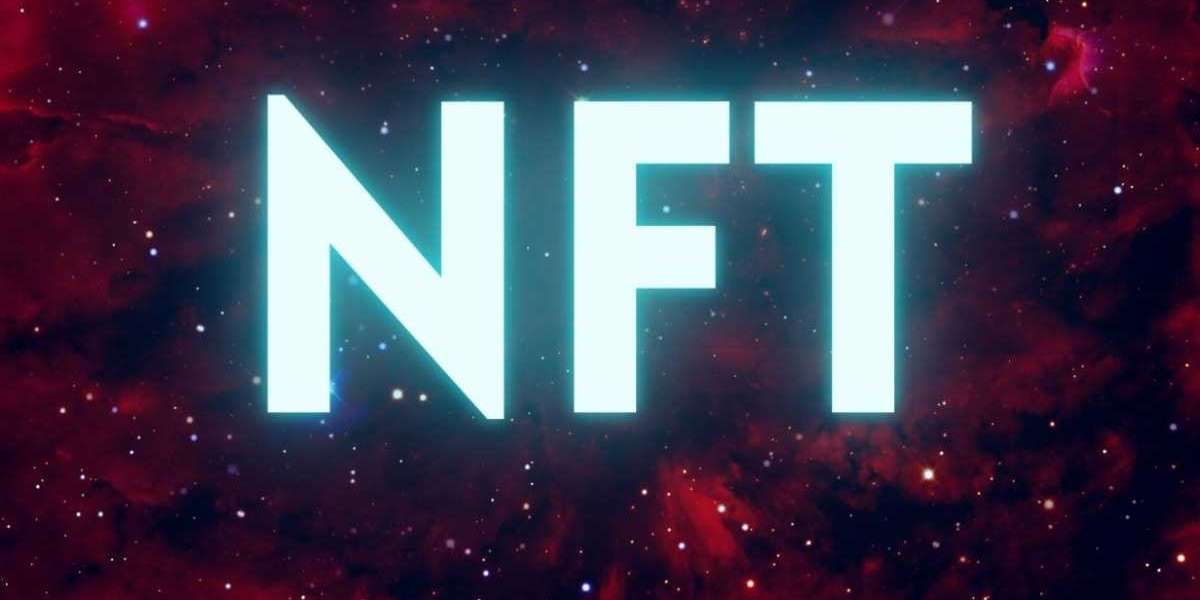Introduction
In recent years, the world has witnessed a revolution in the realm of digital assets with the advent of Non-Fungible Tokens (NFTs). These unique digital tokens have gained significant attention across various industries, and one of the most exciting applications has been in the realm of gaming. NFT gaming collectibles have emerged as a new frontier, captivating both gamers and collectors alike. In this article, we will explore the fascinating world of NFT gaming collectibles, understanding their significance, benefits, and the future they hold.
The Emergence of NFT Gaming Collectibles
The rise of NFT gaming collectibles can be attributed to the increasing popularity of blockchain technology and the desire for gamers to have true ownership of their in-game assets. Traditionally, players would spend countless hours acquiring virtual items within games, only to have them remain confined to the game's ecosystem. NFT gaming collectibles have changed this dynamic by enabling players to own and trade their virtual assets outside of the game environment.
How NFT Gaming Collectibles Work
NFT gaming collectibles are typically built on blockchain platforms, which provide a secure and transparent infrastructure for token creation and transactions. Each collectible is minted as a unique token on the blockchain, representing a specific item or character within a game. These tokens can then be bought, sold, or traded on NFT marketplaces using cryptocurrency.
Benefits of NFT Gaming Collectibles
The adoption of NFT gaming collectibles brings several benefits to both gamers and collectors. Firstly, NFTs provide true ownership and provenance, allowing players to authenticate and verify the rarity and uniqueness of their virtual assets. Additionally, NFTs enable players to earn real-world value for their in-game achievements, as rare and sought-after collectibles can fetch substantial prices on the market. Furthermore, NFTs offer interoperability between different games and platforms, allowing players to use their assets across multiple virtual worlds.
Popular NFT Gaming Collectibles
Several NFT gaming collectibles have gained significant popularity and recognition. One notable example is CryptoKitties, an Ethereum-based game where players can collect, breed, and trade virtual cats. Each cat is an NFT with unique traits and characteristics, making them highly collectible. Another prominent example is Axie Infinity, a blockchain-based game where players can battle, collect, and trade creatures known as Axies. The success of these games has sparked a wave of innovation and creativity in the NFT gaming space.
NFT Gaming Collectibles and Blockchain Technology
The integration of NFT gaming collectibles with blockchain technology has been instrumental in ensuring the security, transparency, and immutability of these digital assets. Blockchain serves as the underlying infrastructure that supports the creation, ownership, and trading of NFTs. By leveraging the decentralized nature of blockchain, NFT gaming collectibles eliminate the risk of fraud or counterfeit items.
Blockchain technology enables the creation of smart contracts, which are self-executing agreements that automatically facilitate transactions when certain conditions are met. In the context of NFT gaming collectibles, smart contracts ensure that ownership of a specific item or character is transferred securely and transparently. This eliminates the need for intermediaries and provides a trustless environment for buyers and sellers.
Moreover, blockchain technology allows for the permanent recordation of transactions on a distributed ledger. Every transaction involving NFT gaming collectibles is recorded and timestamped, creating an immutable history of ownership. This not only enhances the security of these digital assets but also provides a verifiable provenance for each item.
The use of blockchain technology also opens up possibilities for decentralized marketplaces where players can freely trade their NFT gaming collectibles. These marketplaces operate on peer-to-peer networks, allowing for direct interactions between buyers and sellers. This decentralized approach promotes a more inclusive and accessible environment for gamers and collectors worldwide.
The Future of NFT Gaming Collectibles
As the world becomes increasingly digitized, the future of NFT gaming collectibles appears promising. The intersection of gaming, blockchain technology, and digital ownership has created a new paradigm for the gaming industry. We can expect to see continued growth and innovation in this space, with more games incorporating NFTs and unique digital assets.
The expansion of virtual reality (VR) and augmented reality (AR) technologies will further enhance the immersive experience of NFT gaming collectibles. Players will have the opportunity to interact with their virtual assets in more realistic and engaging ways, blurring the line between the physical and digital worlds.
Additionally, the integration of NFT gaming collectibles with other industries such as art, music, and sports will unlock new possibilities for cross-platform collaborations and synergies. We may witness collaborations between game developers, artists, and musicians, resulting in unique and collectible digital experiences that transcend traditional boundaries.
Conclusion
NFT gaming collectibles have opened up new possibilities in the gaming industry, offering players true ownership, unique experiences, and the potential for real-world value. The integration of blockchain technology has revolutionized the way virtual assets are created, owned, and traded.
















